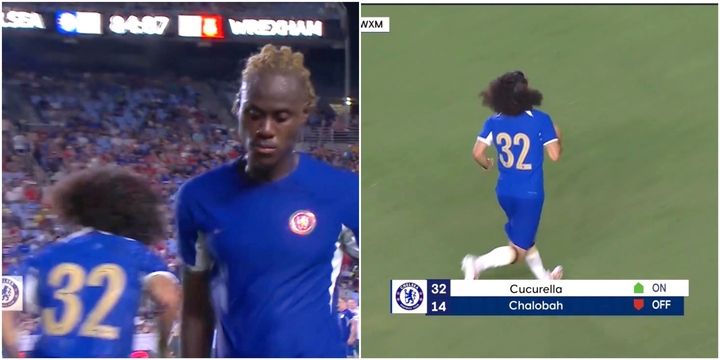Some of it is just history, I think. Originally, the Game had no subs at all.* (The US famously defeated England (in the 40s?) when England decided it wasn't worth playing their star GK against the US because there was no risk in the game, and once the game started couldn't make any changes.) When a player was injured, teams played short.
Initially, only 1 sub was allowed, and I don't recall if it was restricted to an injured player in Law, but that was really why they were introduced at all. Endurance was considered part of the game--being able to play well when tired was valued. Eventually subs at the top level grew to 3, meaning most players had to play the whole game. And only with COVID did we get to the idea that serious international competition could have more than 3 subs, where we now have 5 (+an extra in ET).
And at some point the exceptions for lower level competition to have return subs came in, with varying rules in place.
Whether those fresh legs is good or bad for the game is certainly debatable--it certainly rewards depth where teams have very good players who can come on late with fresh legs.
All that said, one could make the argument that with more subs, a team should be allowed to spend a sub to bring a player back. But I doubt we'll see that departure from tradition. And if we did, I doubt we would see it used very often at top levels after players have cooled down.
______________
*This is also why it wasn't (until relatively recently) explicit in the Laws that a sent off player could not be subbed--the language was initially written when there were not subs, so it was obvious the team played short. Once subs came into the Game, it had to be inferred from the fact that a sub replaced a player, and that a player sent off was no longer a player.

 www.givemesport.com
www.givemesport.com




